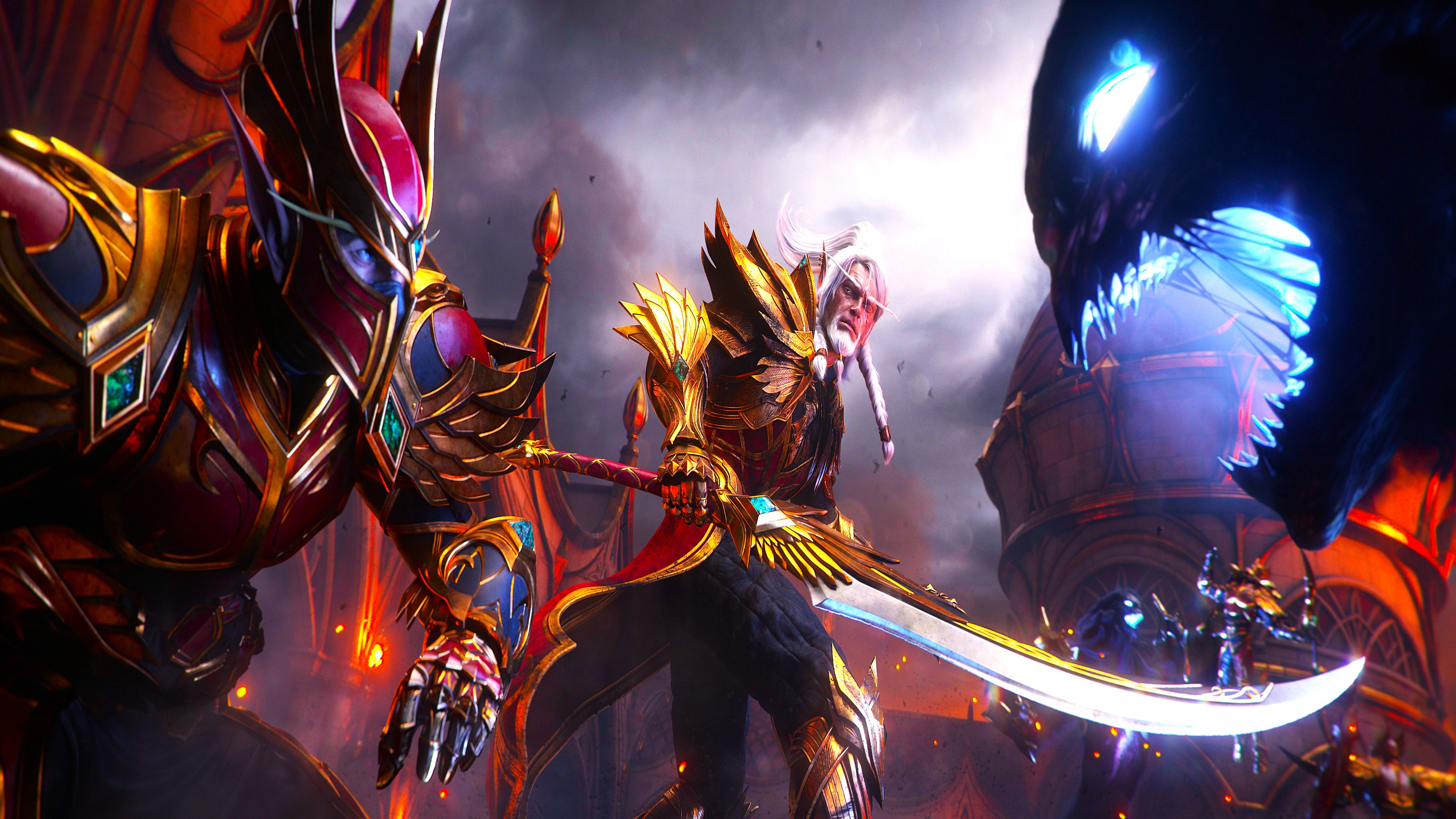Highs and Lows Part III: Microsoft's Smartphone Strategy - Rules of Engagement, Business Unusual
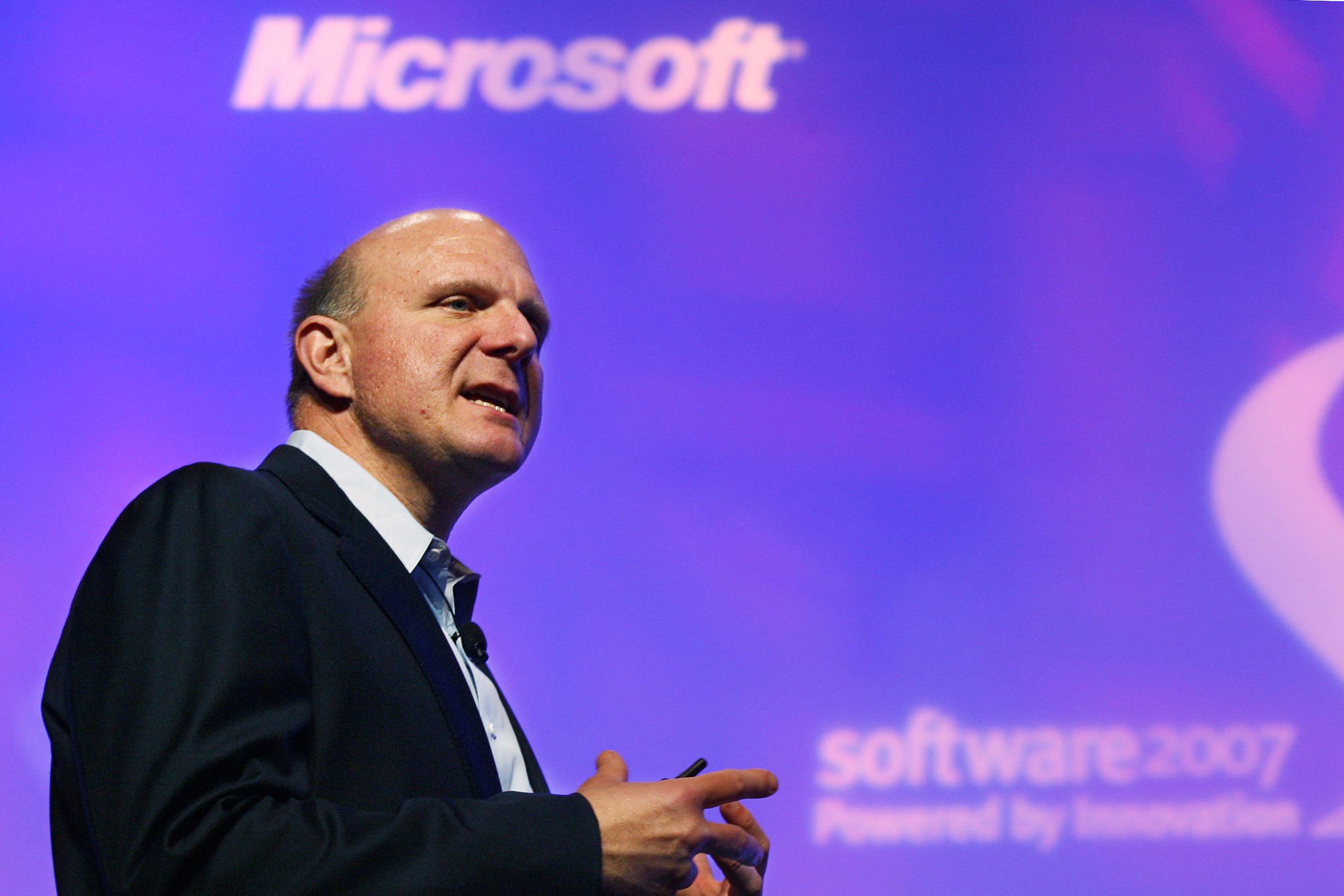
In this piece, we'll look at how Microsoft is addressing the challenge of engaging the millions of users acquired through its low-end strategy. We'll observe how Microsoft underwent massive but necessary internal changes. Changes initiated to reorganize the company around a vision of deeper team integration to create products representative of a synergy of Microsoft's diverse strengths. We'll ultimately see how these products are designed with user engagement in mind. This piece will reveal how Microsoft has laid the groundwork to engage users of it's mobile phone platform.
If people talk about you, if you're part of the conversation, that's what counts.
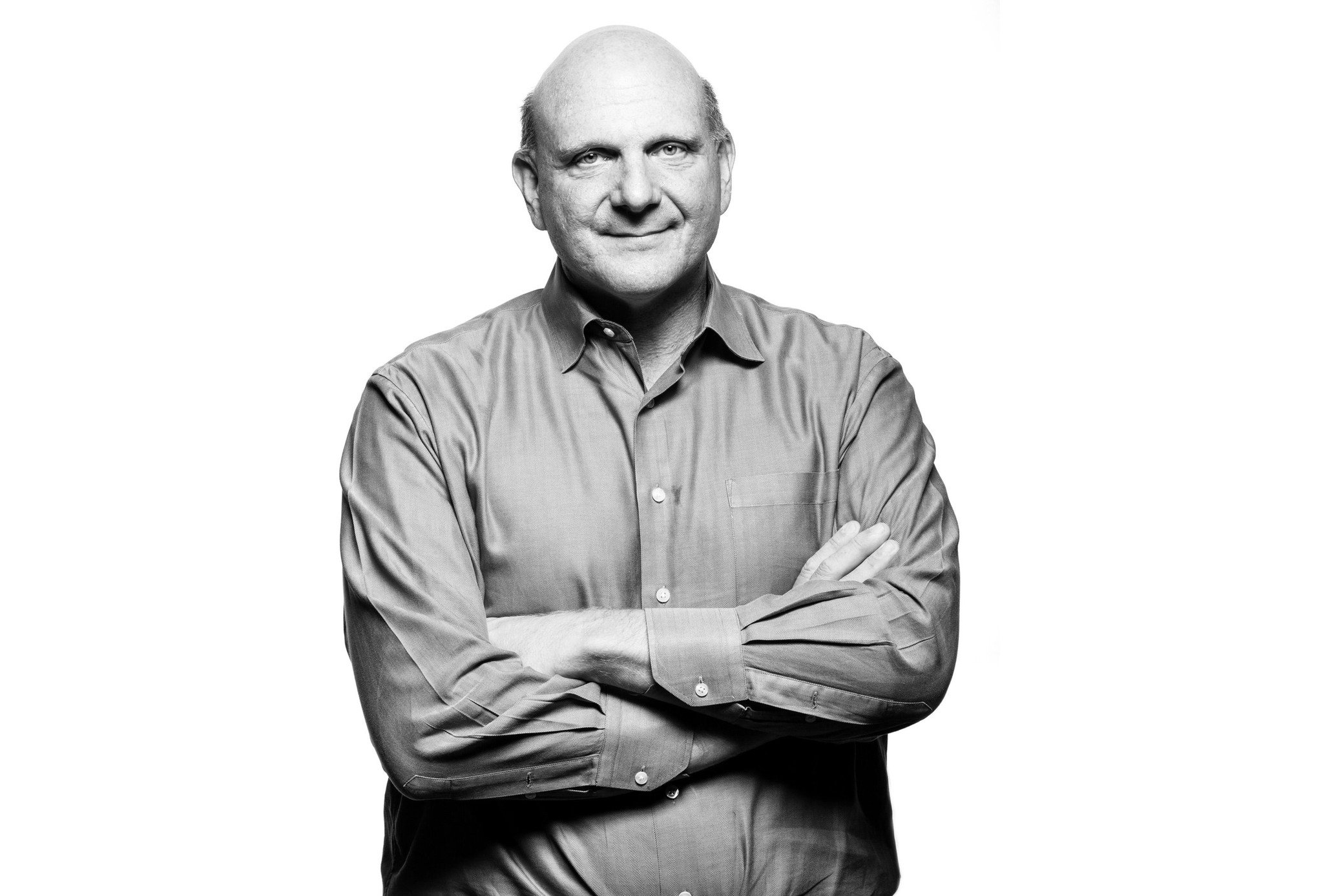
Get Your Business Straight
If you or I were to venture into a clothing store and happen upon an item that is both trendy and desirable but not designed for our particular physique, we would be faced with a dilemma. We could forego partaking in this trend allowing it to bypass us. Or, if possible, we could commit to the necessary dietary and exercise regimen to change our bodies from the inside out, thus diligently reshaping ourselves to conform to the direction of the clothing industry.
"Improving our performance has three big dimensions: focusing the whole company on a single strategy, improving our capability in all disciplines and engineering/technology areas, and working together with more collaboration and agility around our common goals," 7/11/2013 -Steve Ballmer
It is no secret that Microsoft's multiple divisions have operated more like an association of independent units over the years, rather than unified components of a larger body sharing a singular mission. In years past, this mode of operation served them well. When the desktop ruled computing, where Windows ruled the desktop, a Windows and Microsoft Office focused company with many of Redmond's other divisions playing supporting roles was good for business.
We have since transitioned to an age where much of our computing has shifted away from Microsoft's desktop stronghold to a mobile model where the company is minimally represented. Microsoft's rivals have pioneered a cohesion of products and services that interact and connect in synergistic ways creating broad and vibrant ecosystems. In a new world with new lifestyle and work productivity demands, Microsoft could no longer engage in business as usual. To fit the new paradigm, they had to change from the inside out.

Can't We All Just Get Along? – The Disconnect
The graph above was shared by Microsoft's Chief Marketing Officer Chris Capossela during Convergence 2015. It's not comprehensive as it only represents a brief snapshot in time. It does, however, provide some useful insights. The size of each circle represents the amount of users for that particular product in the US. More importantly the lines connecting the circles represent the reality that an individual using product 'A' is also likely using product 'B'. Apple is represented as gold, Google purple, and Microsoft blue.
As you can see, both Apple's and Google's graphs are tangled webs of product and services interconnectivity. Conversely, Microsoft's graph looks more like a representation of one way and dead end streets. What the chart confirms is the almost hubris laced claim by Apple regarding its product line – "It Just Works."
All the latest news, reviews, and guides for Windows and Xbox diehards.
With connectivity between products so deep, Apple need only advertise its devices. Users who buy an iPhone or iPad (or Android) device are quickly engaged with a range of services that just work well together.
"But it also shows you that we don't have nearly the connectivity between our products that Google has engineered and that Apple has engineered,"- Capossela
If Microsoft's ecosystem could speak, it would likely bemoan its compartmentalized nature. Unlike the harmonious symphony of collaboration found in Apple's and Google's ecosystems Microsoft's ecosystem is a jangling cacophony of individual expression. The disconnected nature of the companies various products is undoubtedly a legacy of the pre "One Microsoft" era. That era was characterized by the divided nature of Microsoft where collaboration between divisions was minimal. In 2013, while still under Ballmer's leadership, the Microsoft behemoth began its slow transition to the more collaborative "One Microsoft" we see taking shape today.
"It changes our org structure, the way we collaborate, how we allocate resources, how we best empower our engineers and how we market." - Ballmer -7/11/2013
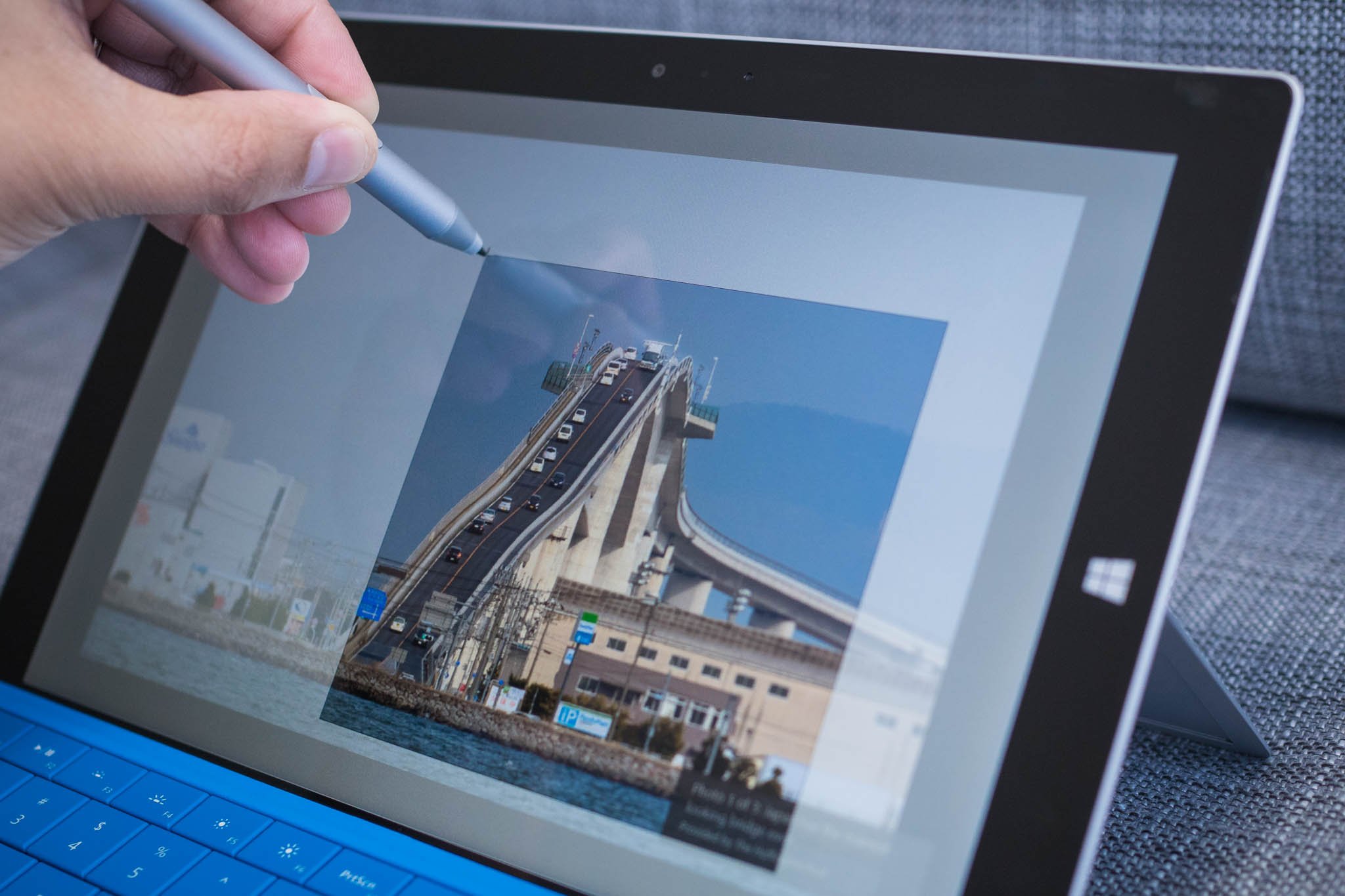
Harbingers of Change or An Ethos of Design With Marketing in Mind
Naturally, this deep internal organizational change was designed to bear external fruit. Thus, a shining example of a product born from the work toward a more homogenous Microsoft is the company's flagship tablet, the Surface Pro 3. A tablet that Redmond claims can replace your laptop. The Pro 3 is a convergence of hardware and software that makes the simple click of the N-trig digitizer pen a portal to Microsoft's cloud-based cross-platform OneNote product. Capossela shared that through engineering and collaboration, such synergy was achieved.
"We had to convince the Windows team to work with the Surface team to work with the OneNote team. And yet when you buy that Surface Pro 3, if you just click the pen, even if the Surface is asleep, it will wake up and above your lock screen OneNote will come up and you'll start taking notes." - Capossela
This bit of engineering and collaboration has inked a solid line connecting the Surface and OneNote. Capossela confirmed that there were a greater number OneNote users among Surface owners than there are among other Windows users.
He also shared other examples of deliberate engineering that interconnects Microsoft's diverse product portfolio. The integration of Microsoft's digital assistant Cortana (which is essentially Bing), into Windows 10 (and Windows Phone) is a much more engaging method to entice users to use Bing than attempting to persuade them to defer to Bing.com over Google.com.
…"Cortana, next track," and we'll change the track, "Cortana, play Taylor Swift," and we'll go off and play Taylor Swift music for you. I mean, that type of change of building Bing into Windows gives me a far better, more effective way to win a Google user over to Bing than just competing head to head." - Capossela
Similar implementations of greater product integration have already begun to take shape as well. Outlook.com will feature a Skype button in the toolbar. This will allow users to easily instant message contacts directly from Microsoft Outlook using Skype. Furthermore, the instant message conversation can then be easily transformed into a Skype video call with the click of a button. Microsoft's intentional integration of its products within other products allows users to seamlessly flow from using one product to the other without leaving the context of the initial product. This level of product integration and the necessary division collaboration to achieve it is something that would have likely never occurred under Microsoft's previous business model.
For Microsoft, such collaboration is business unusual.
Additionally, what this level of integration provides for Microsoft is the marketing of particular products simply by the use of another. The marketing is engineered into the products. Thus through this model Microsoft doesn't have to spend marketing dollars to push its complete range of products. They need only push the products that pull other products behind them.
"… It's using a resource that we have a lot of, engineering at Microsoft, and it's counterbalancing a resource that we frankly want to spend less on, marketing, in order to get people to experience the full ecosystem and fill out those lines on that blue, purple, orange chart, to really compete ecosystem to ecosystem as opposed to product to product." - Capossela
Marketing included.
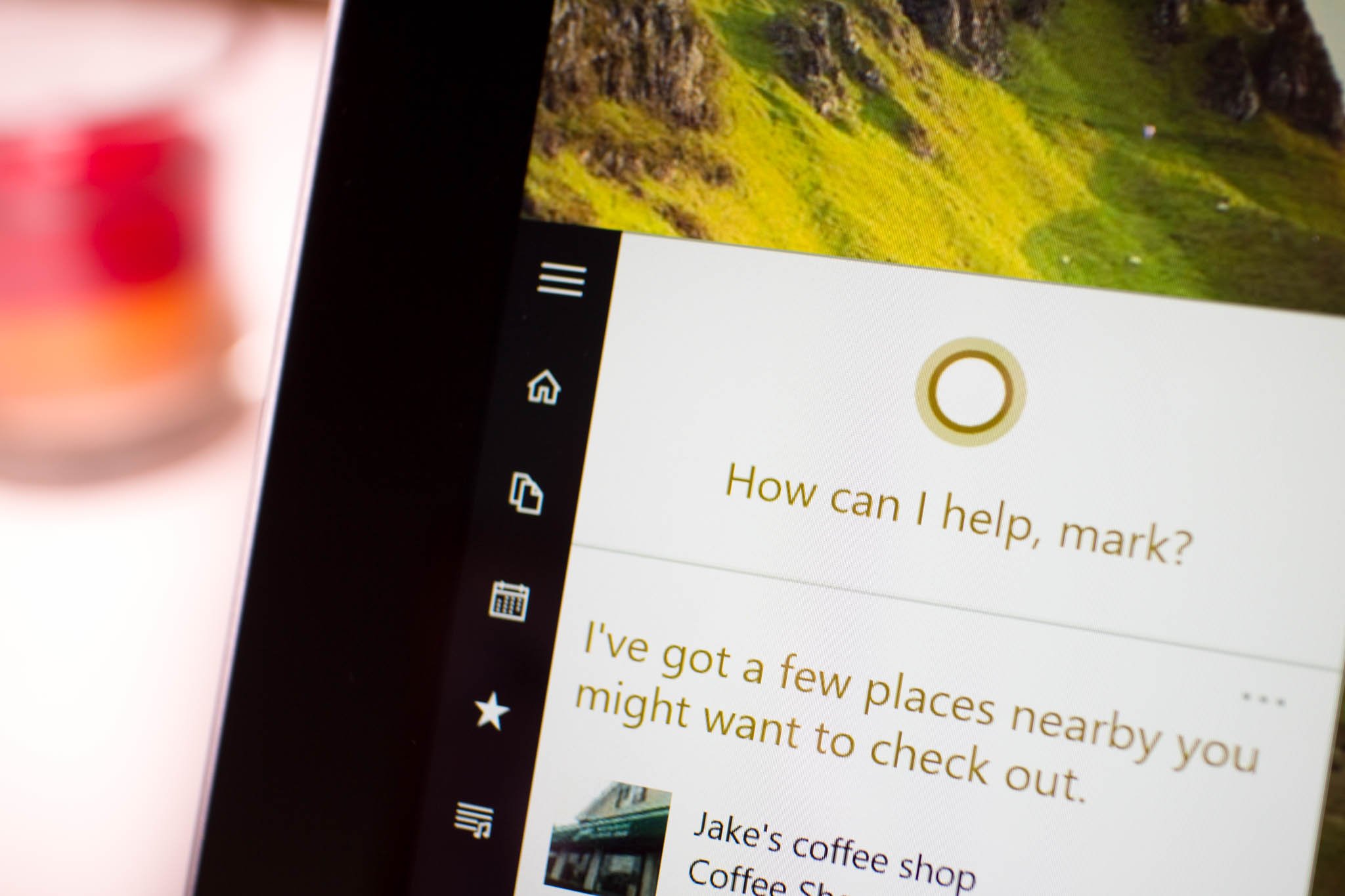
It Just May Work
"And the beautiful thing about having lots of lines is that you don't have to market all of your products. You only market the locomotives. And then when someone uses your locomotive, it pulls along the cabooses." - Capossela
The implementations of product integration mentioned above are encouraging examples of what Microsoft is doing as an organization to "increase the number of lines" connecting its products. As we mentioned at the close of Part II, Microsoft has acquired millions of users through its low-end strategy. Their challenge is now engaging these users with its range of products and services such as Office and Skype.
Currently, the millions of consumers Microsoft has acquired through its low-end strategy have little to entice them into using the range of services available on their Windows Phone 8.1 devices. The clear exception, of course, is Cortana. The interactive AI, which is the face of Bing, is a powerful tool to engage users to use Bing. That's if Cortana is available in the users region of course.
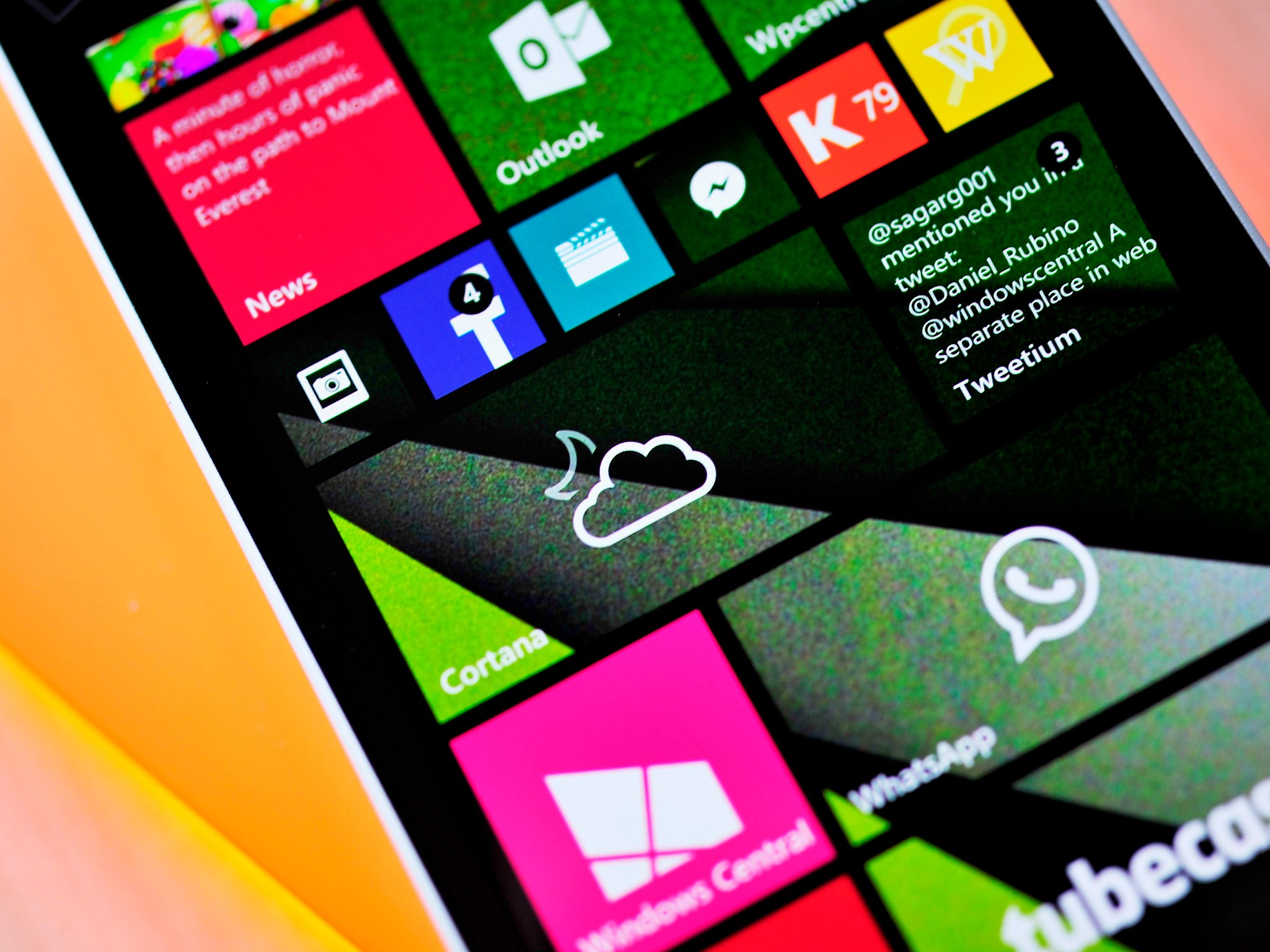
As the facilitator of all web-based and device level searches, Cortana sits front and center on a Windows Phone. Intelligent engineering has ensured that the assistant is easily accessible via a capacitive or software search key on all devices as well as by voice on certain high-end devices. The Cortana live tile, which can be pinned to the start screen proactively serves up news, weather and departure time information that easily draws a user's attention into the service. Engagement.
Cortana is even tied into the systems notifications and will proactively notify a user when information arrives that they may find interesting. As mentioned above Cortana is Bing. Bing is not only Microsoft's rival to Google Inc.'s popular search engine but it is a key investment that supports many of Microsoft's other services. Thus, increased engagement with Cortana is increased engagement with one of Microsoft's core products.

The Cortana team has worked hard at imbuing Cortana with numerous engaging functions to increase user engagement. Asking Cortana "What's up?" will prompt the assistant to share an interesting historical fact about the current date. "Surprise me" directed to the assistant will prompt Cortana to issue a riddle that users are encouraged to solve. She has also shared her predictions with users regarding who would win in popular contests such as Dancing with the Stars and American Idol, along with a host of sporting events.
Of course Cortana is but one of Microsoft's products available to Windows Phone users. Microsoft's mobile Office suite, Skype, One Note and One Drive are also part of the Windows Phone platform. Engineering products in such a way that draws users deeper into the platform is Redmond's ultimate goal.
"One of the things we realized immediately is marketing dollars spent around engagement can be effective, but actually product design is far more effective at getting people to be deeply engaged in your products." - Capossela
So the question is, how will Redmond engage users with some of its less, as compared to Cortana, proactive tools?

I Love it When a Plan Comes Together
Hannibal Smith from the popular 80's television series the A-Team was a strategist. He didn't wait for a situation to befall him before he acted.
He always had a plan.
An easy pitfall many succumb to is viewing current information and hot topics in this highly dynamic and swift moving tech landscape as comprehensive and representative of the full story.
Many enthusiasts have bemoaned Microsoft's current low-end focused mobile strategy. They may view only the phase of this strategy currently in play. Namely the proliferation of low-end Lumia devices and the foregoing of high-end flagship smartphones. One thing we, enthusiasts, must all keep in mind is that in most cases, any plan that is devised by a company the size of Microsoft will have been forged years in advance. It has multiple components and is revealed publicly in increments.
The tech industry moves fast. Very fast. I fear that the hopping from hot topic to hot topic common to tech reporting creates an illusion of speed within the industry that is not reflective of the true pace of change. No company the size of Microsoft could plan and implement a mobile strategy, or devise and release a new product in the brief window of time just prior to journalists/bloggers receiving the leaks of products or roadmaps and consumers find the devices in their tech-hungry hands or see the manifestation of huge organizational shifts or strategies.
The moves begin long before we ever hear about them. As time progresses carefully crafted and strategically timed communications from the leadership provide in broad terms the strategy that the company will have already embarked on.

"To improve engineering pace and quality, we will increase focus on our engineering systems, processes, and tools to improve the productivity of every engineer and to facilitate engineering collaboration and contribution across the company." - Ballmer, 7/11/13
In later communications, we begin to see the message coalescing around a more discernable vision.
"So my second transformation agenda item for Microsoft is this notion of using our amazing innovation engineering resource pool to build marketing into our products." - Capossela, 3/16/15
Finally when a product or service is just about ready the strategy that began years earlier is laid bare, having culminated in form and function, in a way that is discernible to the consumer.

"We're going to help all of you and our end users discover value in the Windows ecosystem on the Lock screen, on the Start menu with Cortana with Microsoft Edge and how we're going to enable great new devices with continuum." - Belfiore, 4/29/15
As we can see, the ideology that guided Microsoft's vision of engineering greater opportunities for engagement into its products as shared by Joe Belfiore at Build 2015, began long before Windows 10 became the exciting and ever-present news topic it is today. The corporate shifts that have led to the monumental changes we see regarding deeper product integration at Microsoft began under ex-CEO Steve Ballmer's tenure. As I shared, shifts in the tech world are not always as fast as they may sometimes seem.
The changes Ballmer initiated culminated in what Belfiore shared with attendees at Build 2015. He passionately divulged several new areas where Redmond has engineered its products to increase user interaction with the Microsoft ecosystem. In Windows 10 for PC Smart Suggestions, Windows Spotlight, and a new depth of integration of Cortana with apps will bring apps and functions in the Microsoft ecosystem to the forefront in a very personal way. These OS and UI innovations are a clear move by Redmond to create a more elaborate tangle of app interaction within its ecosystem akin to that achieved by rivals Apple and Google.

"Then your marketing can move on from acquisition and it can actually move to engagement where we get to see what you're not doing with the product, and we do marketing to get you to do more with the product, so you get deeply engaged in it." - Capossela
Redmond has not left Windows 10 Mobile out of this vision. A foundation has been laid. Just as Microsoft has engineered marketing into various areas of the OS for Windows 10 on the PC, they have also engineered engaging new ways to reach consumers for Windows 10 Mobile on the phone. But for that you'll have to join us for Highs and Lows Part IV: Microsoft's Smartphone Strategy - There's an App for That.
As usual, sound off in the comments and on Twitter @JLTechWord. We have much to discuss.

Jason L Ward is a Former Columnist at Windows Central. He provided a unique big picture analysis of the complex world of Microsoft. Jason takes the small clues and gives you an insightful big picture perspective through storytelling that you won't find *anywhere* else. Seriously, this dude thinks outside the box. Follow him on Twitter at @JLTechWord. He's doing the "write" thing!
